Your driveway is one of the primary things people notice about your property as they pull in. Make a lasting impression with a beautifully paved asphalt driveway from Get Asphalt NH. We specialize in driveway asphalt paving in Manchester, providing durable and perpetual options that upgrade your property’s features and market worth. Our team of experienced contractors uses only the highest quality materials and industry-approved paving techniques for a smooth and even surface that will stand strong in the long run.
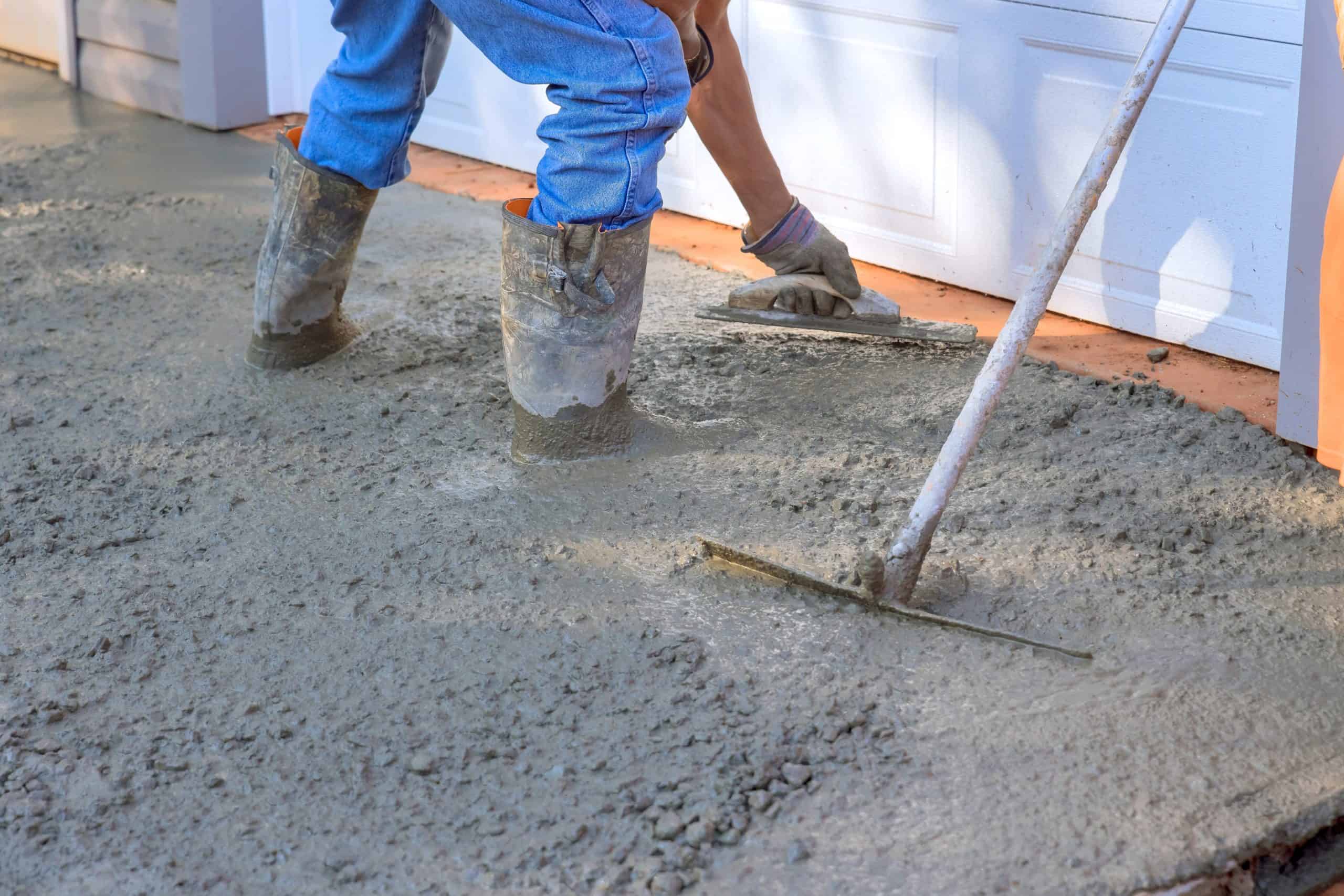
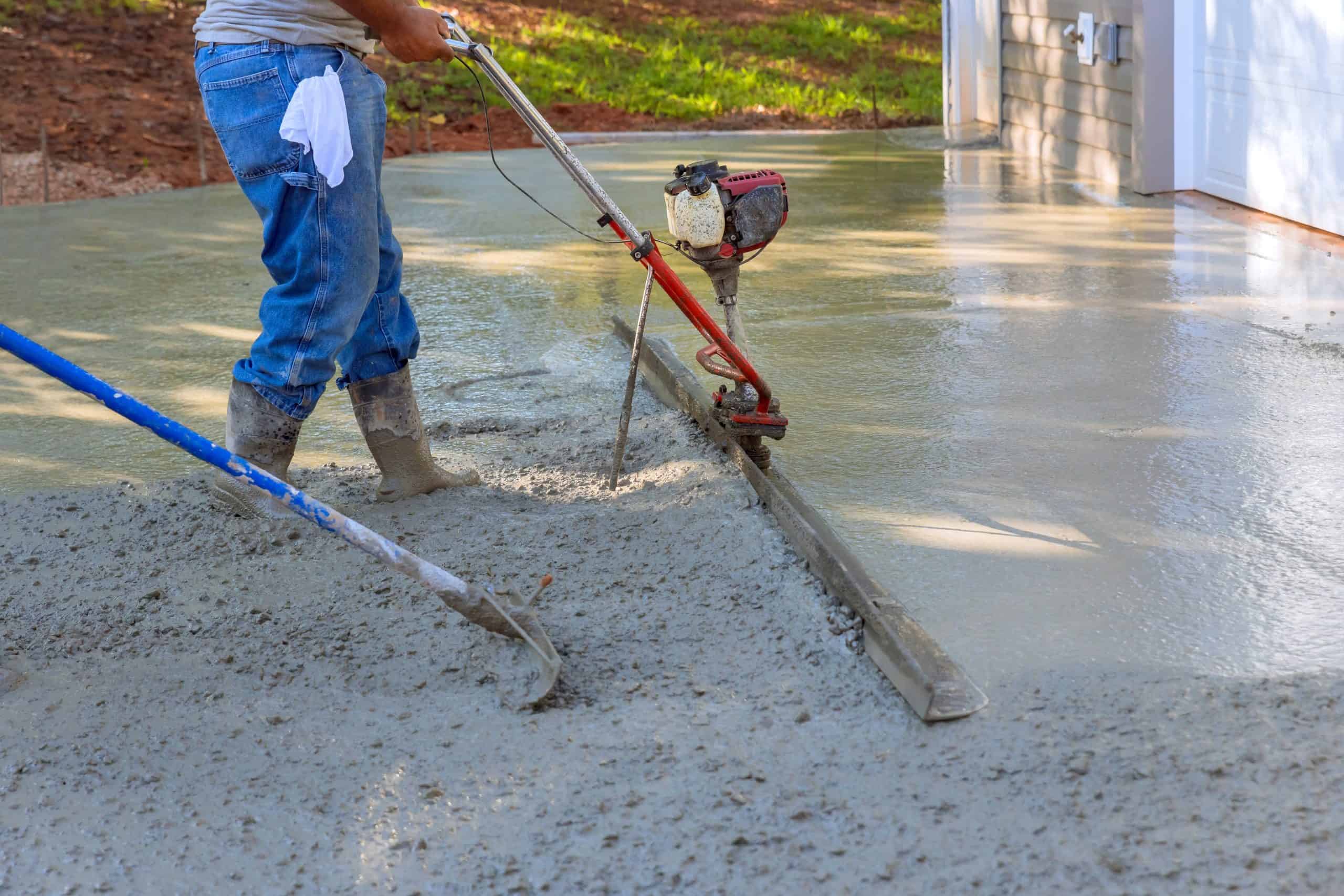
Get Asphalt NH is a locally owned and operated company specializing in driveway asphalt paving in Manchester. We have a deep understanding of the local climate and soil conditions, allowing us to provide paving solutions that are catered to the specific needs of our clients. Our well-versed asphalt driveway pavers are actively committed to delivering stellar results and exceeding customer expectations on every project.
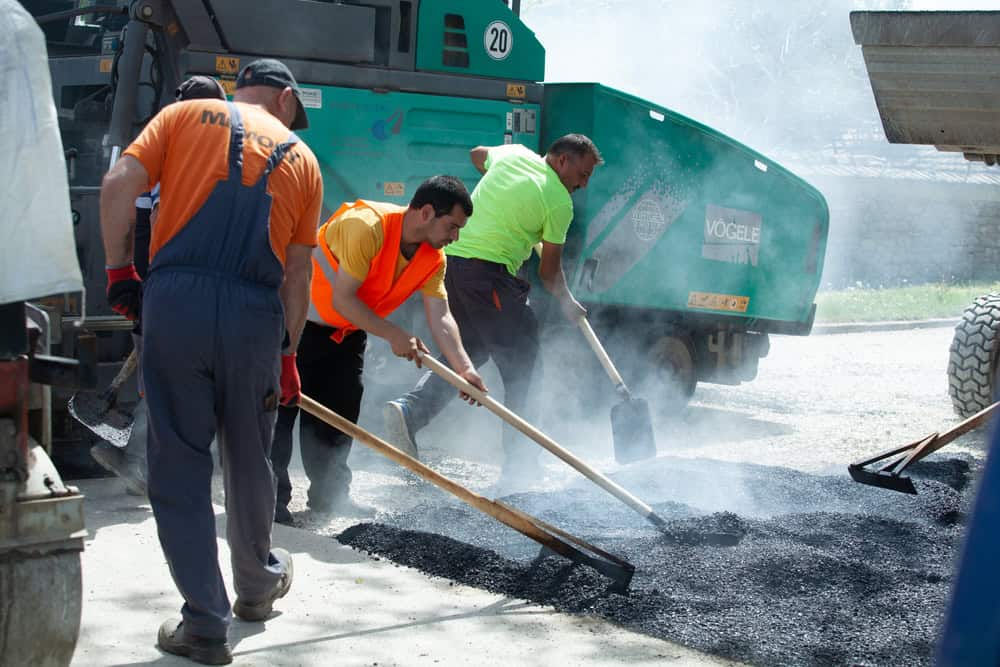
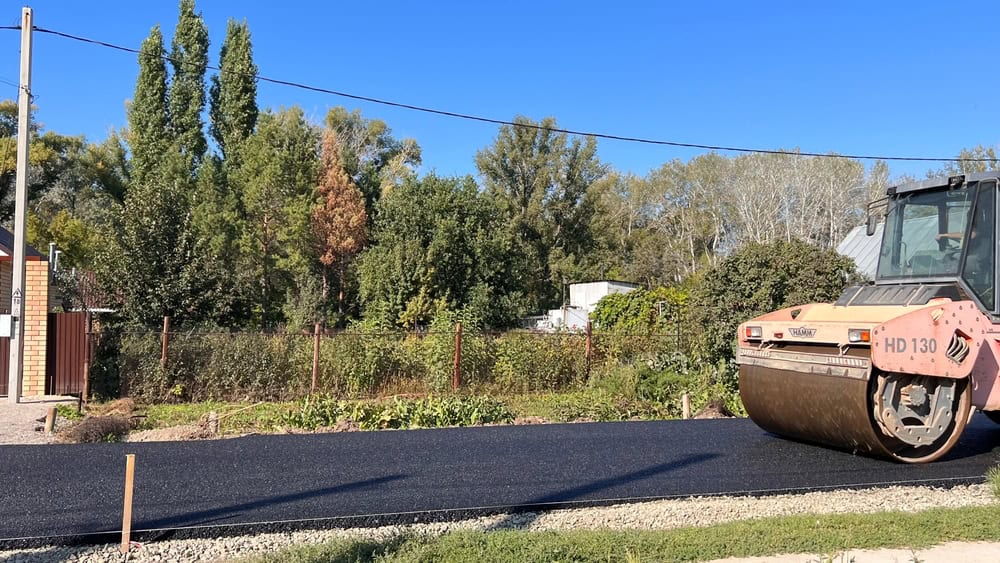
Ready to get started?
Ready to upgrade your home with a beautiful and durable asphalt driveway? Contact Get Asphalt NH today for a free estimate and let us show you how we can transform your property with our expert driveway asphalt paving services in Manchester. We’re confident that you’ll be impressed with our quality workmanship, competitive pricing, and commitment to customer satisfaction.
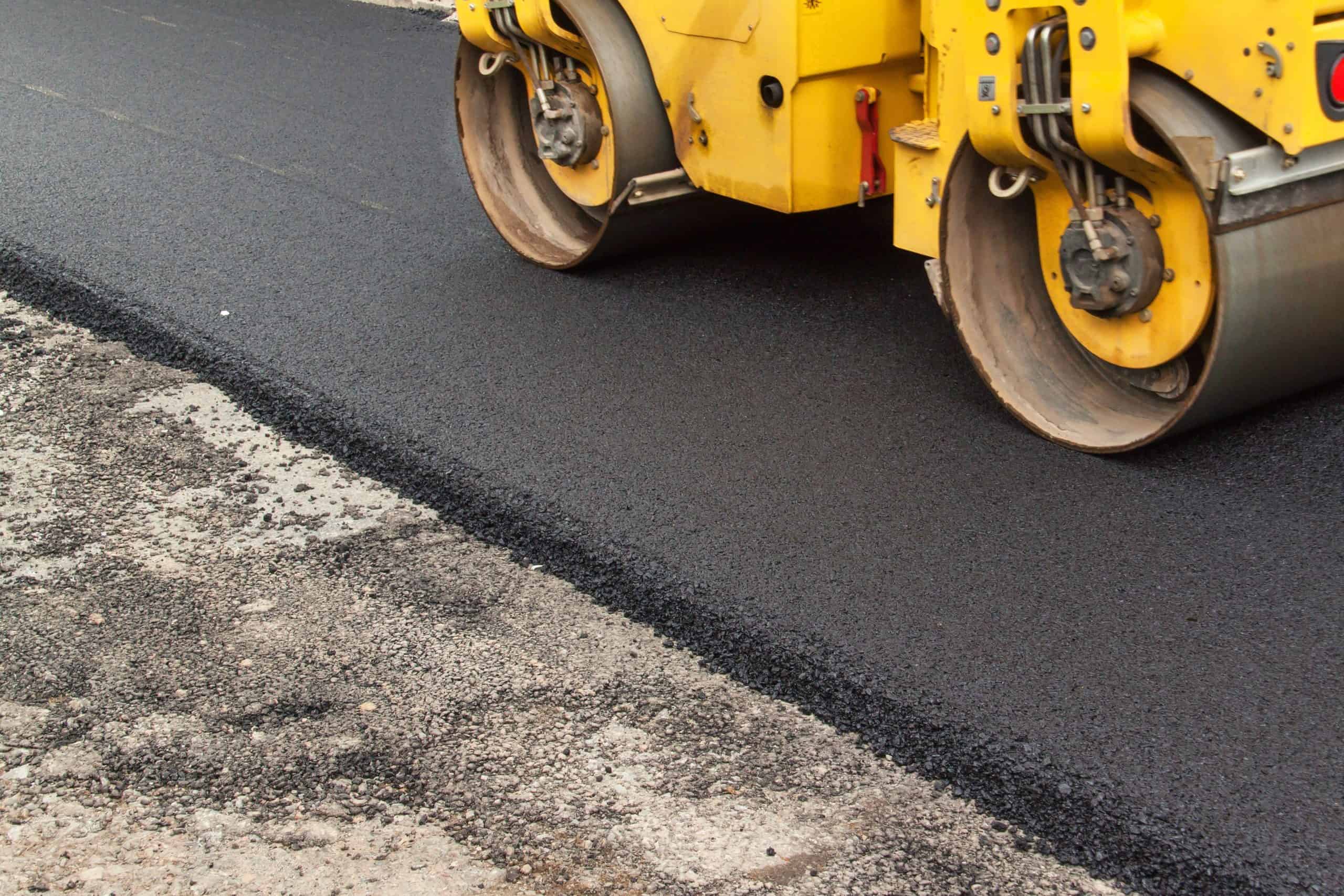
The native Pennacook people called Amoskeag Falls on the Merrimack River-the area that became the heart of Manchester-Namaoskeag, meaning “good fishing place”. In 1722, John Goffe III settled beside Cohas Brook, later building a dam and sawmill at what was dubbed “Old Harry’s Town”. It was granted by Massachusetts in 1727 as “Tyngstown” to veterans of Queen Anne’s War who served in 1703 under Captain William Tyng. But at New Hampshire’s 1741 separation from Massachusetts, the grant was ruled invalid and substituted with Wilton, Maine, resulting in a 1751 rechartering by Governor Benning Wentworth as “Derryfield”-a name that lives on in Derryfield Park, Derryfield Country Club, and the private Derryfield School.
In 1807, Samuel Blodget opened a canal and lock system to allow vessels passage around the falls, part of a network developing to link the area with Boston. He envisioned a great industrial center arising, “the Manchester of America”, in reference to Manchester, England, then at the forefront of the Industrial Revolution. In 1809, Benjamin Prichard and others built a water-powered cotton spinning mill on the western bank of the Merrimack. Apparently following Blodgett’s suggestion, Derryfield was renamed “Manchester” in 1810, the year the mill was incorporated as the Amoskeag Cotton & Woolen Manufacturing Company. It would be purchased in 1825 by entrepreneurs from Massachusetts, expanded to three mills in 1826, and then incorporated in 1831 as the Amoskeag Manufacturing Company.
Amoskeag engineers and architects planned a model company town on the eastern bank, founded in 1838 with Elm Street as its main thoroughfare. Incorporation as a city followed for Manchester in 1846, soon home to the largest cotton mill in the world-Mill No. 11, stretching 900 feet (270 m) long by 103 feet (31 m) wide, and containing 4,000 looms. Other products made in the community included shoes, cigars, and paper. The Amoskeag foundry made rifles, sewing machines, textile machinery, fire engines, and locomotives in a division called the Amoskeag Locomotive Works (later, the Manchester Locomotive Works). The rapid growth of the mills demanded a large influx of workers, resulting in a flood of immigrants, particularly French Canadians. Many current residents descend from these workers. In 1871, the arch dam was built on the Merrimack River, enhancing the mill’s water power delivery system. By 1912, the production of woven cloth in the Millyard had reached a production rate of 50 miles in length per hour.
Learn more about Manchester.Local Resources
Useful Links
Here are some paving-related links:
Support
Useful Links